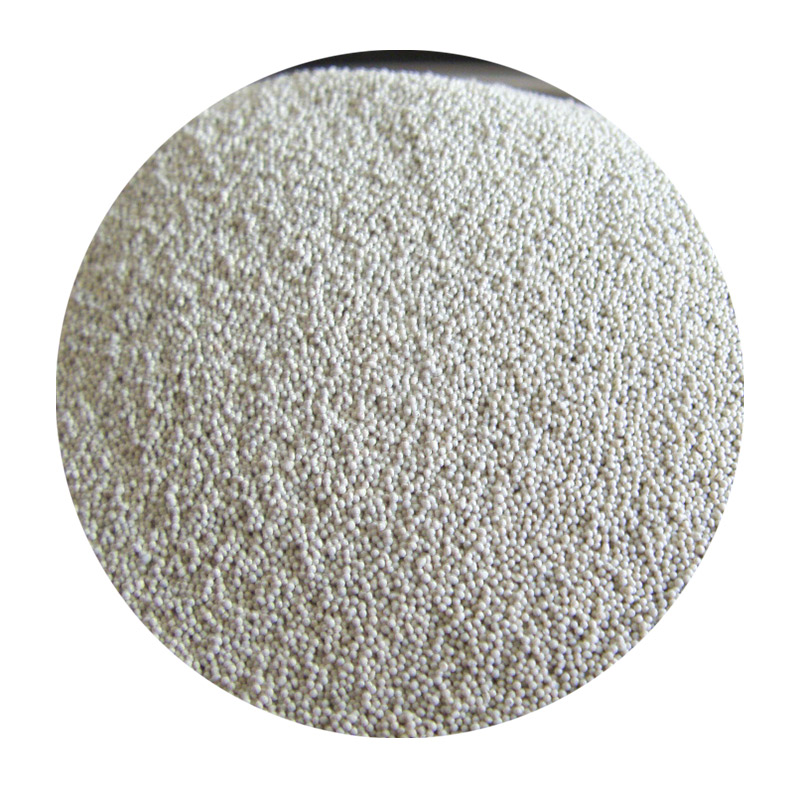The Importance of Casting Sand in Metal Foundry Processes
Casting is a crucial process in the metalworking industry, enabling the creation of complex metal shapes that are otherwise difficult to achieve. At the heart of this process lies casting sand, a fundamental material that plays a critical role in the manufacturing of metal components. This article explores the significance of casting sand, its properties, types, and its role in ensuring the quality of casted metals.
What is Casting Sand?
Casting sand, also known as foundry sand, is a high-quality sand used in the metal casting industry to form molds. It is primarily composed of silica (silicon dioxide), which is abundant and inexpensive. The properties of casting sand can greatly influence the final outcome of the casting process, including the finish and strength of the casted metal.
Properties of Casting Sand
1. Grain Shape and Size The shape and size of sand grains are vital for the mold's ability to retain its shape during casting. Round sands typically pack less tightly compared to angular grains, where angular sands offer better interlocking and strength.
2. Permeability This property refers to the sand's ability to allow gases to escape during the pour of molten metal. Adequate permeability is crucial to prevent defects such as blowholes and inclusions in the final product.
3. Thermal Conductivity Casting sand must have appropriate thermal properties to withstand the intense heat of molten metal without deforming. The thermal conductivity of the sand influences how quickly it can dissipate heat, affecting the cooling rate of the cast metal.
4. Refractoriness The ability of casting sand to withstand high temperatures without melting is significant. This property helps in maintaining the integrity of the mold during the casting process.
Types of Casting Sand
casting sand for metal

There are several types of casting sand utilized in metal foundries, with variations in their composition and properties
1. Green Sand This is the most commonly used casting sand, composed of a mixture of silica sand, clay, and water. Its moisture content gives the mold strength while allowing it to be reused multiple times.
2. Dry Sand Dry sand is made without moisture and is often used for more complex molds. It provides a finer finish compared to green sand but may require additional binders to enhance strength.
3. Resin-Bonded Sand This type of sand incorporates a resin binder, which hardens through a chemical reaction. It allows for high precision in mold details and can be designed to withstand higher temperatures.
4. Shell Sand Shell sand molds are produced by heating a mixture of sand and thermosetting resin to form a thin shell. This method results in excellent dimensional accuracy and smooth finishes.
The Role of Casting Sand in Quality Control
The quality of casting sand has a direct influence on the quality of the final metal products. Traders and manufacturers must adhere to strict standards regarding the properties of casting sand to ensure that it meets the requirements of each specific casting operation.
If the sand is of poor quality—due to excessive fines, insufficient bonding, or inadequate permeability—it may lead to defects such as surface imperfections or dimensional inaccuracies in the casted metal. Therefore, foundries invest heavily in quality control measures for their casting sand, including screening and testing for grain size, composition, and strength.
Conclusion
In conclusion, casting sand is an indispensable material in the metal foundry industry, serving as the backbone of the casting process. Its diverse properties—ranging from grain size to thermal stability—affect not just the efficiency of the casting process but also the quality of the final products. As industries continue to seek greater precision and sustainability in manufacturing, the role of casting sand will only grow in importance, making its careful selection and management critical for the success of foundries worldwide.
Post time:нов . 05, 2024 02:06
Next:wet sanding ceramics
